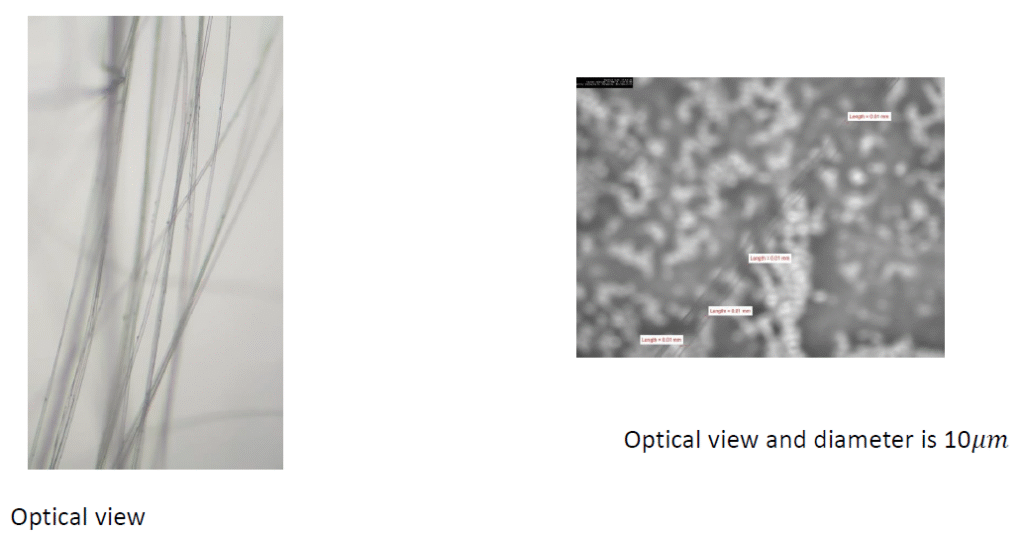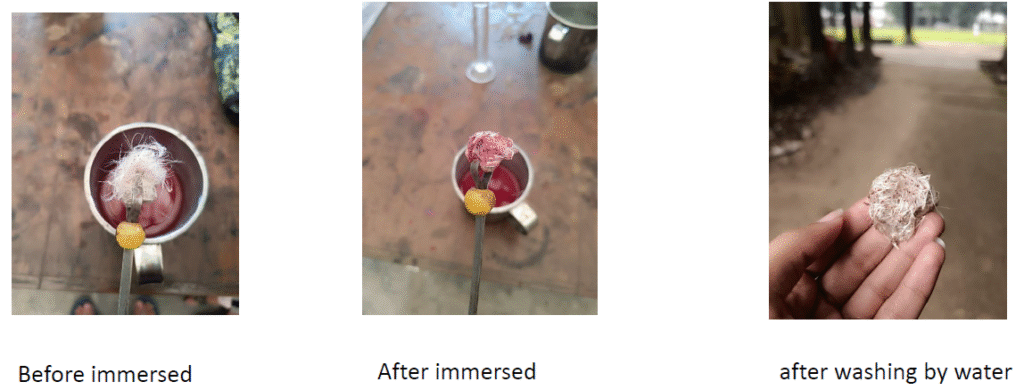Utsab pal, Dept of Wet process Engineering, Bangladesh University of Textiles(BUTEX)
Reya Rani Mondol, Dept of Textile Engineering Management, Bangladesh University of Textiles(BUTEX)

Kans grass is natural substance. By investigation about it, fibre can be produced and these fibre can be used as textile fibre in our textile sector. There are many natural substance in nature, from these textile fibre can be produced like cotton fibre . So there is huge possibility to find out natural textile fibre of kans grass. Is it possible to use as textile fibre ? This is investigated by finding its sources, direct dye absorbency test, optical image analysis, burning test, effective length. Main limitation of these substance is small seed, which is attached around 15 to 20 fibre and these seed is very small, so it is difficult to remove from the fibres

There are many method for investigation natural fibres . As it is natural fibre the collecting method of kans grass fibre is collecting the kans grass flowers from nature. Source : nature. It can be found in Autumn, mostly nearby the river. After collecting kans grass flower, fibre can be found in the flower. It can be separated manually from the source. Around 15 to 20 fibres attached with one seed and in one flower theke are large number of seed and fibres . After collecting fibres from the source then it can investigated by different types of method for checking its physical, chemical, mechanical etc properties. Here
many tested is done which is Optical image analysis, effective length, burning test etc. the diameter of this natural fibre is measured. The diameter is 0.01 mm or 10 𝜇𝑚
Effective length measurement

From this figure, LL’ is effective length.
Kans grass fibres effective length is 31 mm.
Interquartile range NL’ = 23 mm So UQL LQL=NL’= 23 mm So Dispersion is 25.8%
As the dispersion is low the fibres quality is so high.
Dye test is done by 0.15% direct dye solution. Fibres are immersed in dye solution for 30sec, the
result is this fibres doesn’t absorb direct dye solution.

It is hydrophobic, because it cannot be immersed in water and it also Don’t absorb direct dye
solution

Test Results:

1.As the length is higher timer than diameter is can be used as textile fibre .
2 . Dispersion is low so its quality is better
3 . Its lustrous is very good, it can be seen normally.
4 . Most of the natural fibre is hydrophobic and it is also hydrophobic.
5 . Due to natural it has cellulose, which is confirmed by burning test
Uses:
It can be used as textile fibre . Due to limitation of our equipment we cannot done it
perfectly. But it has huge possibility of using as textile fibre . It can be used by mixing with cotton fibre,jute fibre , polyester fibre . Then clothes can be made from kans grass. Here also an possibility of making coat by covering this fibre with seed in both side of its by polyester fabric. Then it maybe used as warming clothes. Due to higher lustrous, it can be used in decoration for various purpose It also can be used in pillow,lap etc.
Conclusion:
Due to our limitation we cannot produce any product, but there is a huge
chance to use it as textile fibre and make different textile products from it.
As it is natural it is very comfortable, eco friendly and biodegradable. By
making products from this, a new journey of textile in world can be started.
Its lustrous and whiteness is higher, length is higher timer than diameter, so
possibility of using of kans grass as textile fibre is Very good.
